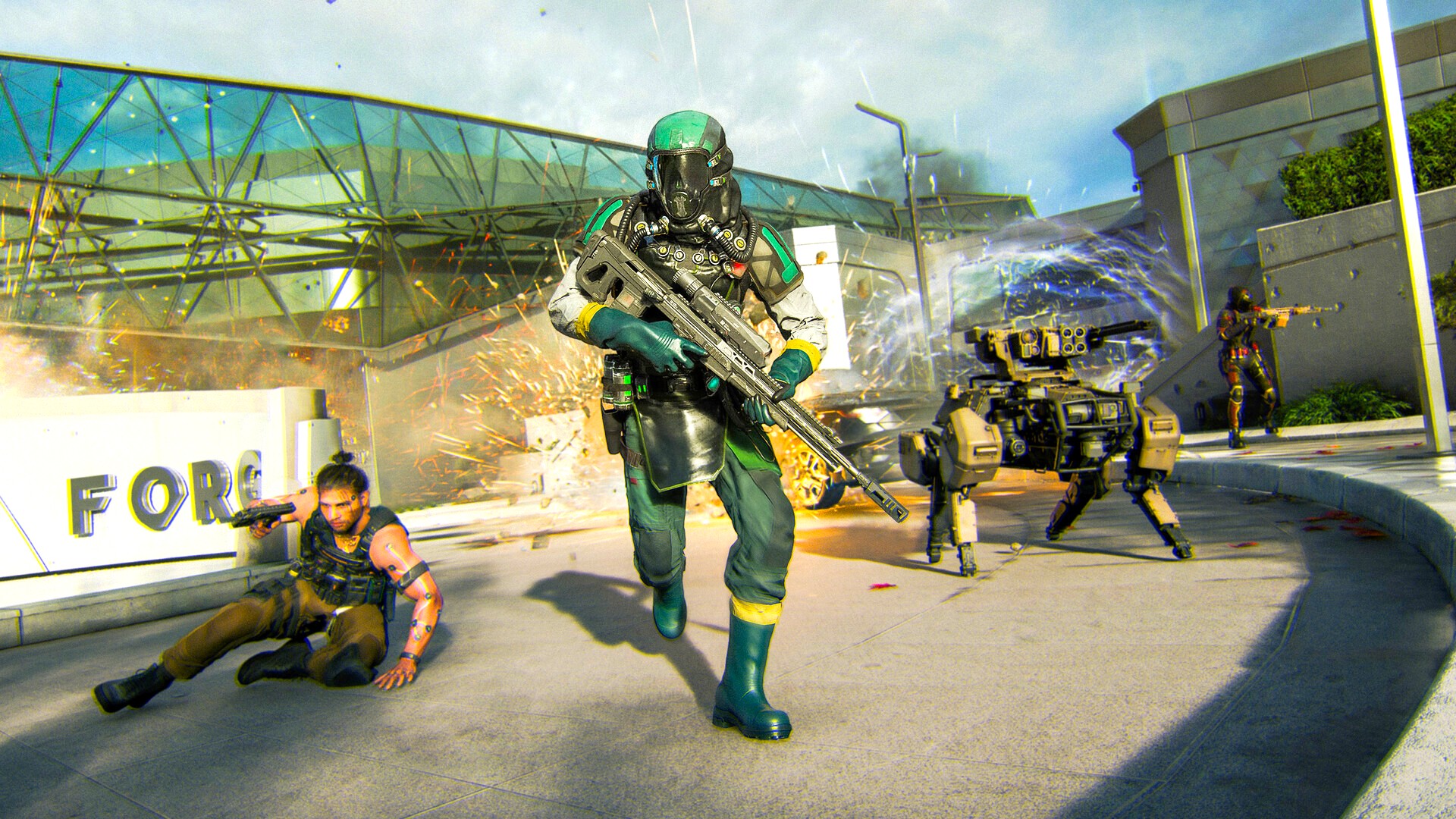Halo timeline: The Post-War Era
The Human-Covenant War, at long last, has ended. However, the old feuds and new discoveries that make up the Post-War Era ensure that the tired, battered galaxy will not yet be able to rest.
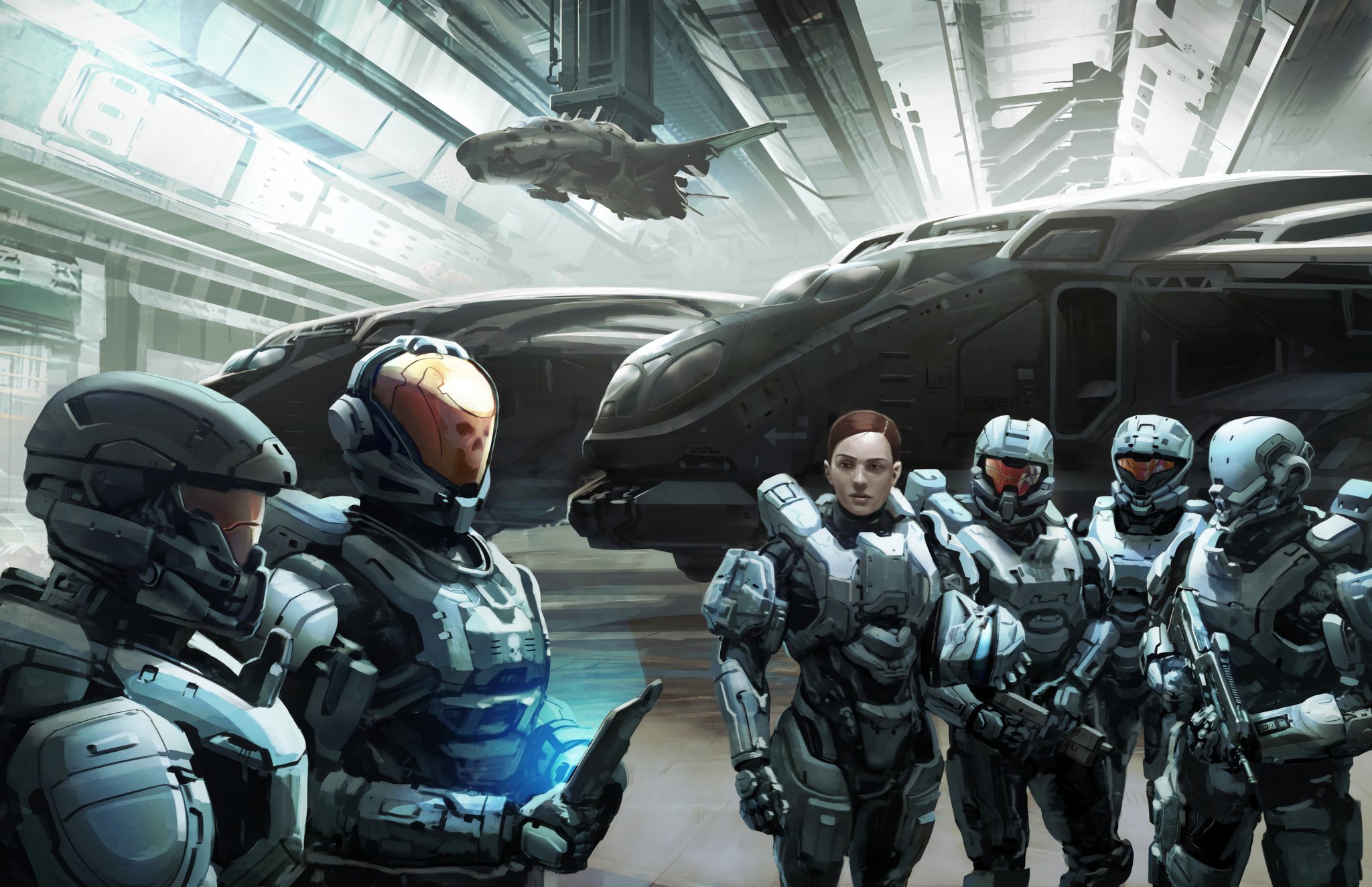
In the last article, we covered the events of Halo 3, in which the UNSC and Sangheili formed a shaky, yet powerful alliance that was able to thwart the Covenant and the Flood, ultimately saving the galaxy and ending the Human-Covenant War.
Complete Halo timeline series
In this one, we're going to cover the years that followed the end of the war, which were filled with technological advancements, various smaller conflicts, and plenty of political unrest as the galaxy attempts to find a way to heal from two-and-a-half decades of war and strife. In terms of timeline location, these events mostly take place between Halo 3 and Halo 4.
Late 2552 CE (Current Era): The UNSC Infinity enters active service
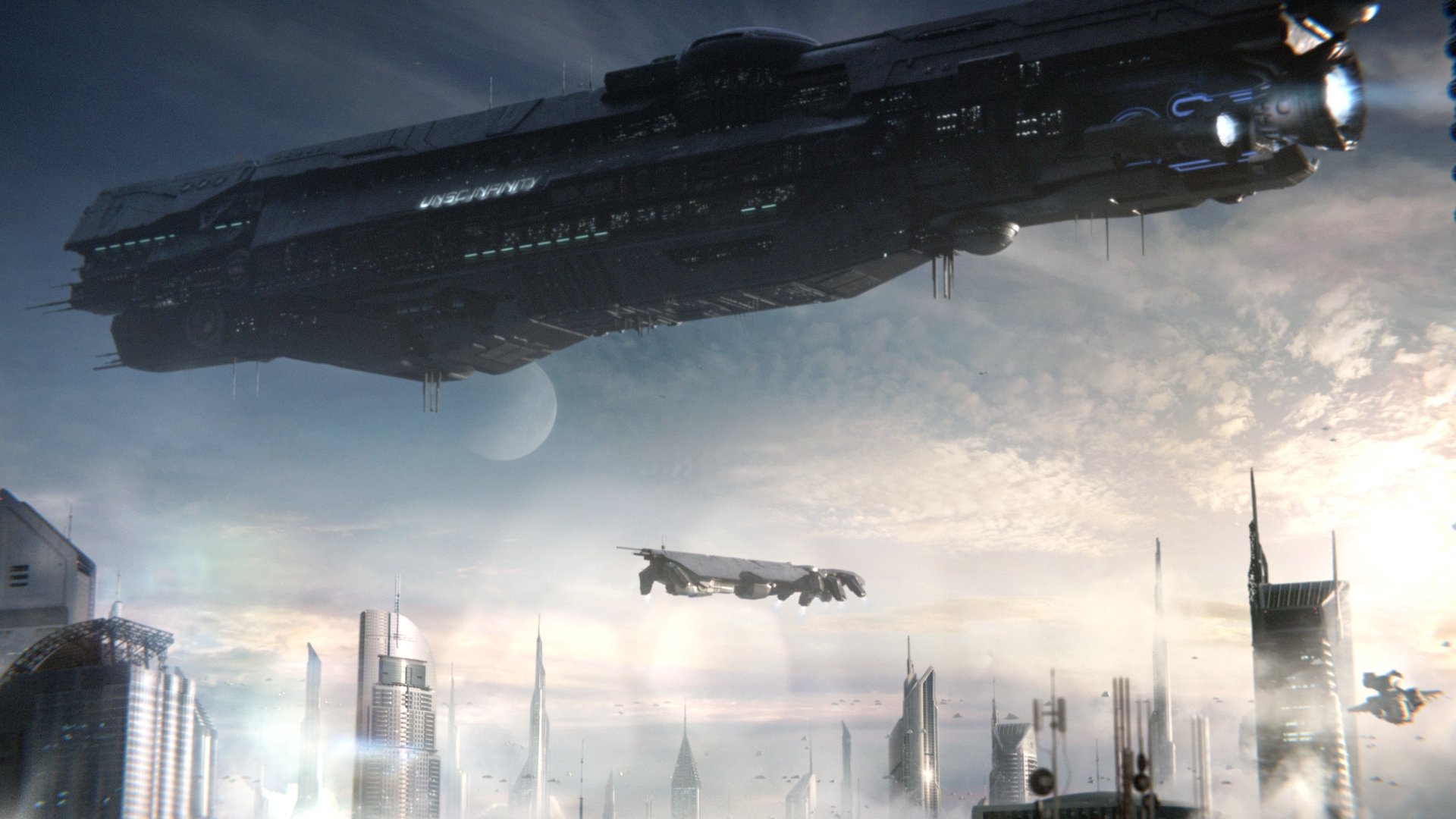
The UNSC Infinity was capable of going toe-to-toe with any Covenant ship.
During the Human-Covenant War, humanity began to construct the UNSC Infinity, a massive flagship that incorporates technology reverse-engineered from Covenant and Forerunner tech recovered over the years. Since the construction facility was hidden completely, it was safe from Covenant forces. By the time the ship was completed in 2552 and entered service, the war was over. However, it would become an invaluable vessel for the UNSC in years to come. Equipped with energy shielding, extremely thick armor, heavy MAC cannons, nuclear warheads, and a large assortment of missile pods and point-defense cannons, the UNSC Infinity was an incredible force to be reckoned with. Also, unlike the rest of the UNSC's ships, it was more than a match for Covenant vessels in one-on-one engagements. It even had the ability to hold 10 smaller heavy frigates inside of its hull, which could be released to act as support ships if the UNSC Infinity was attacked by a fleet of ships.
The launch of the UNSC Infinity sparked an aggressive rearmament of the UNSC overall, as the reverse-engineered technologies used in its construction would go on to be used in other projects, such as the development of new weapons, vehicles, and armor. Since humanity was relatively safe due to the war's conclusion, they had a golden opportunity to develop this new gear, as well as to begin rebuilding what was lost.
Late 2552 — Early 2553 CE: The Spartan-IV program launches
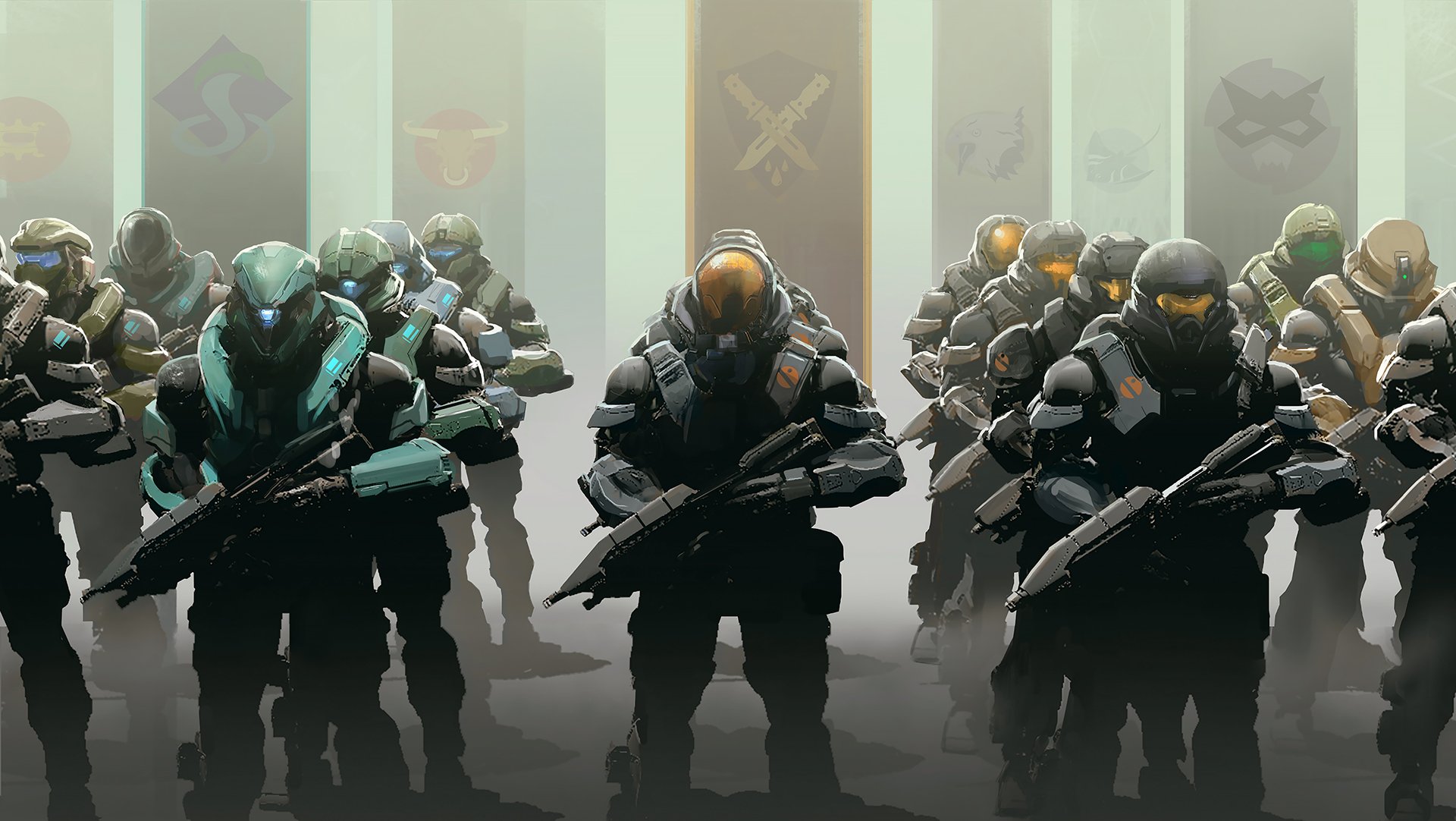
Shortly after the UNSC Infinity entered service, the Spartan-IV program officially began. This new generation of Spartans would be augmented less intensively than their Spartan-II or Spartan-III counterparts, which has pros and cons. While the Spartan-IV aren't as strong, the less-extreme nature of their augmentations meant that fully grown adults could undergo the procedure; no longer would the UNSC have to kidnap children in order to make new Spartans. Candidates for the program were selected from all branches of the UNSC military based on their service record and performance in the field.
Coinciding with the Spartan-IV program was the development of GEN2 MJOLNIR, which was a new variant of Spartan armor that enhances the strength, agility, and reaction speed of the wearer more than the previous iterations of MJOLNIR. This new armor could be worn by all Spartans, and it helped to mitigate the downsides of the Spartan-IVs' less effective augmentations. Both the Spartan-IVs and GEN2 MJOLNIR entered active service in January of 2553 and would go on to be very successful.
All the latest news, reviews, and guides for Windows and Xbox diehards.
2552 CE — Present: Sangheili-Jiralhanae conflicts continue
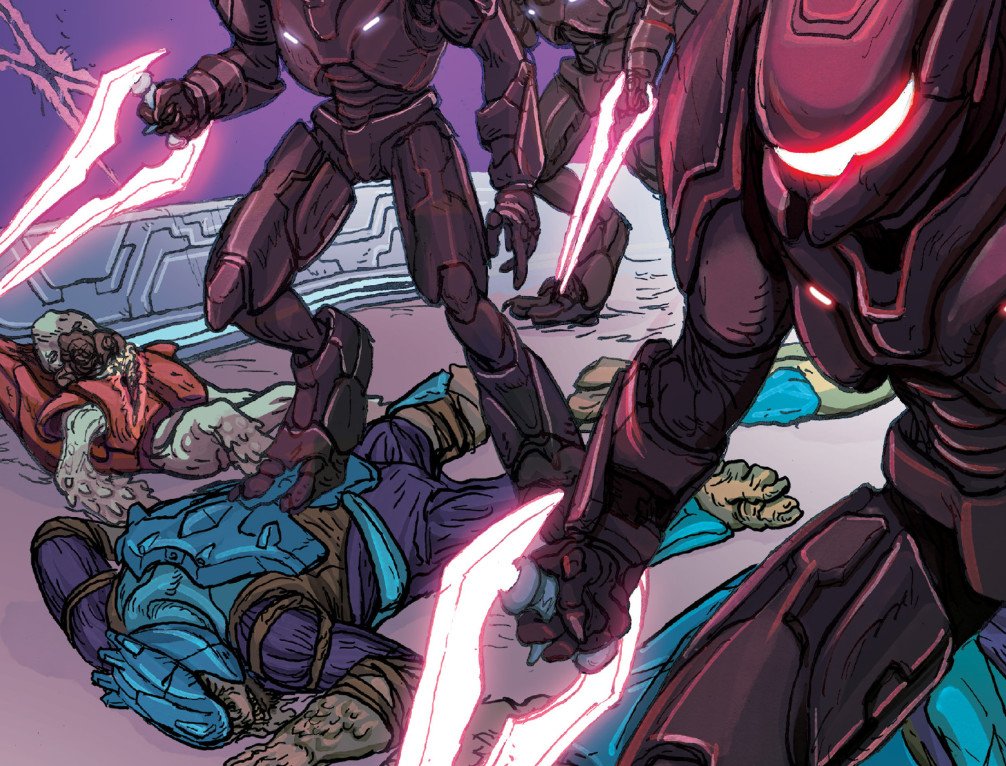
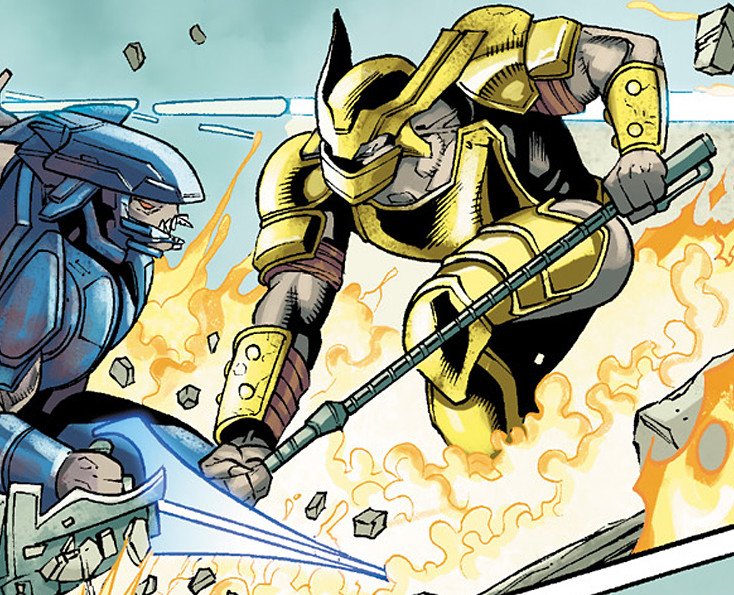
The Sangheili and Jiralhanae continued to fight with each other even after the end of the Human-Covenant War.
Though the war had ended, the Great Schism was still occurring, as the Sangheili and the Jiralhanae, fueled by their hatred of one another, continued to fight across the galaxy. The Jiralhanae were settled on resource-rich worlds, but due to their lack of technological prowess, they couldn't mine or gather any of those resources. As a result, the species began to experience an economic collapse that led to a famine. Because of this, they decided to raid Sangheili settlements for food, which only worsened matters.
These galaxy-wide skirmishes have led to heavy losses on both sides of the fighting, which is especially devastating since they had just finished one costly war. In time, however, the stalemate was broken when the Jiralhanae began to return to some of their primitive ways of life, which gave the tactical and strategic Sangheili the upper hand. As of 2559, the Sangheili are winning in most conflicts with Jiralhanae, and if this continues there is a good chance that they will emerge victorious and finally end the Great Schism.
March 2553 CE: The Blooding Years begin
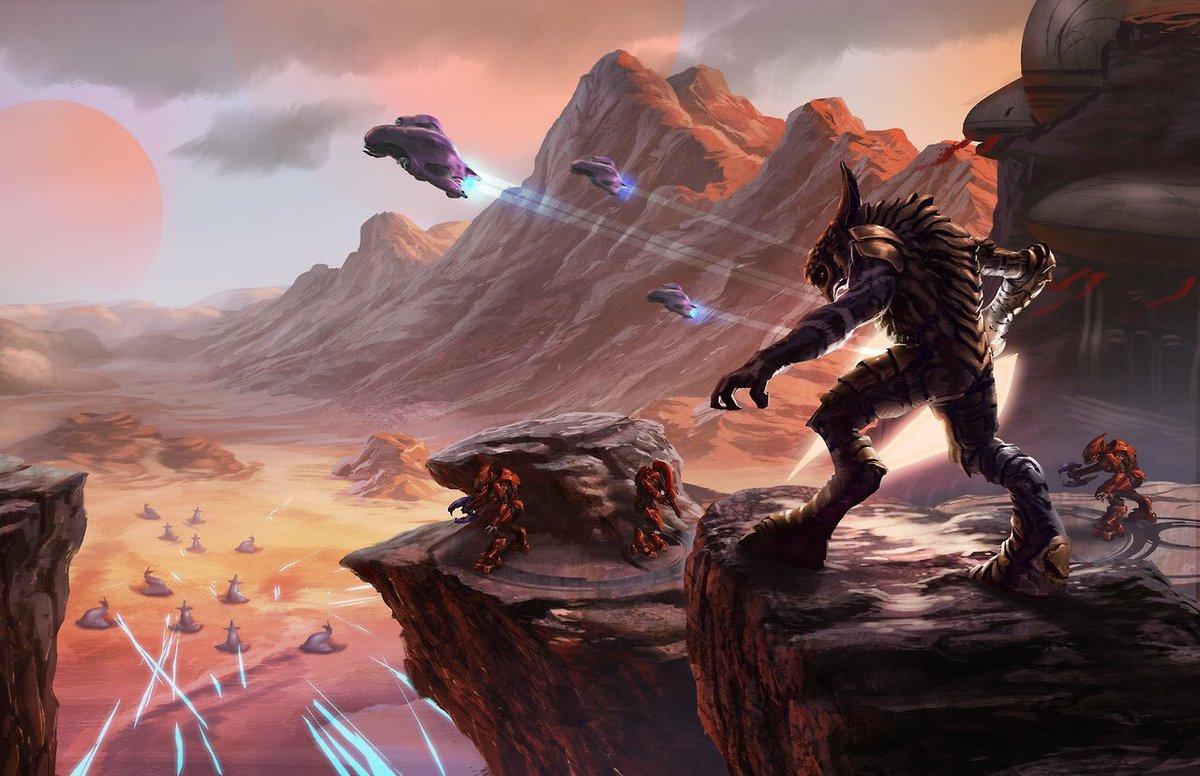
Though the Sangheili universally stood against the Jiralhanae, they struggled to come to a consensus about a great many topics after the Human-Covenant War concluded. When Arbiter Thel 'Vadam returned to Sanghelios and claimed his place as the leader of the Sangheili, he pushed against the long-held belief that the Forerunners were gods, which was still a fairly popular one even though the Covenant's Great Journey itself was a lie. Also, he sought to change or abolish problematic cultural norms that would harm the Sangheili in the long run. Since the Sangheili are strongly-rooted in their traditions, this caused a lot of strife and unrest within Sangheili communities. As a result, many Sangheili clans claimed that he was a "false Arbiter" that needed to be removed from power. The time period in which this civil war between Thel 'Vadam's supporters and his enemies took place would become known as the Blooding Years.
These conflicts on Sanghelios and other Sangheili worlds proved devastating, especially since the Sangheili, who had become dependent on the Covenant's Huragok engineers for technological repair over the years, struggled to replace lost warships and other tools of war. Despite Arbiter Thel 'Vadam's continued desire for peace, though, the fighting would continue for years. His forces, who became known as the Swords of Sanghelios, were generally better equipped than their adversaries; however, the Arbiter's enemies were spread wide across Sangheili colonies and were fairly large in number, making them difficult to stamp out. The UNSC aided the Swords of Sanghelios where they were able, but this was a double-edged sword. While the firepower of the rearmed UNSC was very helpful, the act of accepting help from the humans was seen as a weakness by some clans of Sangheili, which led to many of them turning against the Arbiter in the long run.
March 2555 CE: The return to The Ark
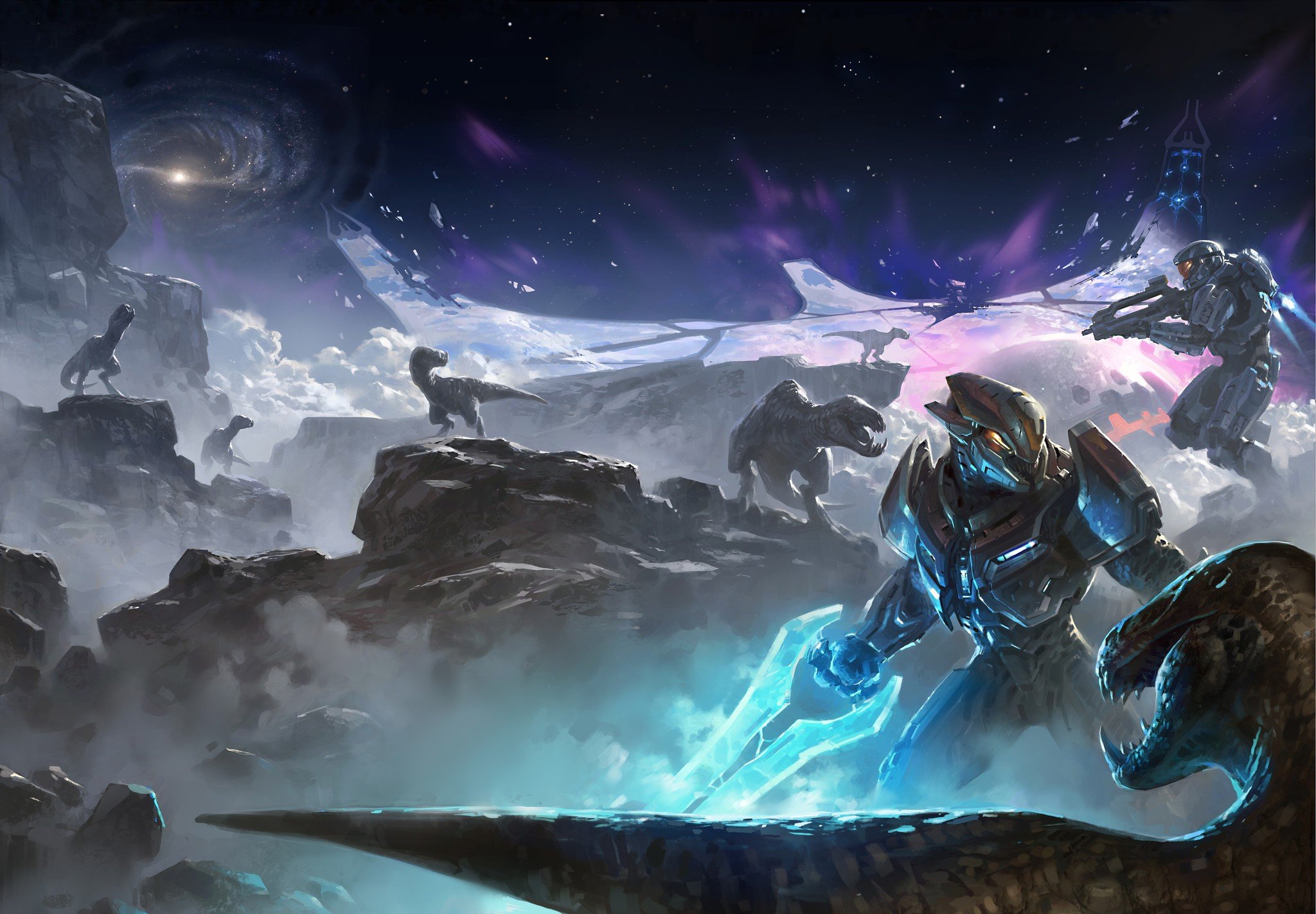
The Ark's Monitor planned to wipe out humanity for the damage that they caused on The Ark when they fought the Covenant there.
In March of 2555, the UNSC doctor known as Luther Mann discovered the location of Zeta Halo and was sent to investigate it. Upon doing so, he noticed a timer that indicated that, mysteriously, the ring was set to fire in five weeks. This could potentially kill countless inhabitants of the galaxy, so the UNSC and Swords of Sanghelios devised a plan to travel to The Ark and use the controls there to manually stop Zeta Halo from firing. After managing to open the portal to The Ark on Earth once more, massive Retriever Sentinels began to come through the portal. These were sent by The Ark's monitor, 000 Tragic Solitude, to attack humanity and gather resources from Earth to repair The Ark. Solitude was angry with humanity due to the Master Chief activating a Halo ring inside of The Ark and heavily damaging it, so he sought to take revenge and fix his Installation in one fell swoop.
As the UNSC Home Fleet created a defensive perimeter around the planet to stop the seemingly endless stream of Retriever Sentinels, a joint force of humans and Sangheili traveled through the portal with a Swords of Sanghelios corvette in order to stop the timer on Zeta Halo as quickly as possible, with the secondary objective to eliminate the force sending the Sentinels. Upon reaching The Ark, their ship was damaged by Retriever Sentinels en route to Earth and had to crash-land. After fighting through The Ark's various forms of dangerous wildlife and Forerunner defenses for three days, the Sangheili and humans were finally able to stop the timer and kill 000 Tragic Solitude, though the life of the Spartan-IV Bobby Kodiak was lost in the process. They then repaired their vessel and returned to Earth.
With the threat of 000 Tragic Solitude and Zeta Halo firing thwarted, the galaxy at large was relatively safe. However, that all changed when a certain Spartan-II and his artificial intelligence companion arrived at a new Forerunner world...
Your thoughts
What did you think of the Post-War Era? Let me know. The next article will focus on Halo 4, so make sure to keep an eye out for that!
Great Halo games
All the greatest Halo games are available now on Xbox and are heading to PC too throughout 2019 and beyond.
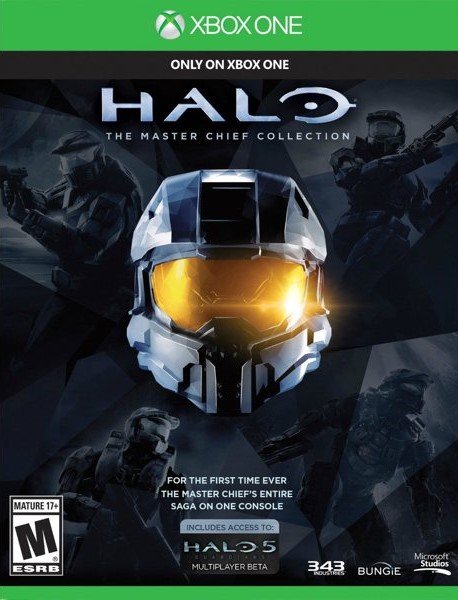
Halo: The Master Chief Collection ($30 at Microsoft)
The Master Chief Collection is a fantastic game that lets you experience the entirety of Master Chief's saga in one convenient package.
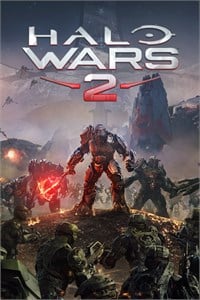
Halo Wars 2 ($40 at Microsoft)
Halo Wars 2 is arguably the best real-time strategy title on Xbox One, offering players a wealth of incredibly satisfying, Halo-themed content.
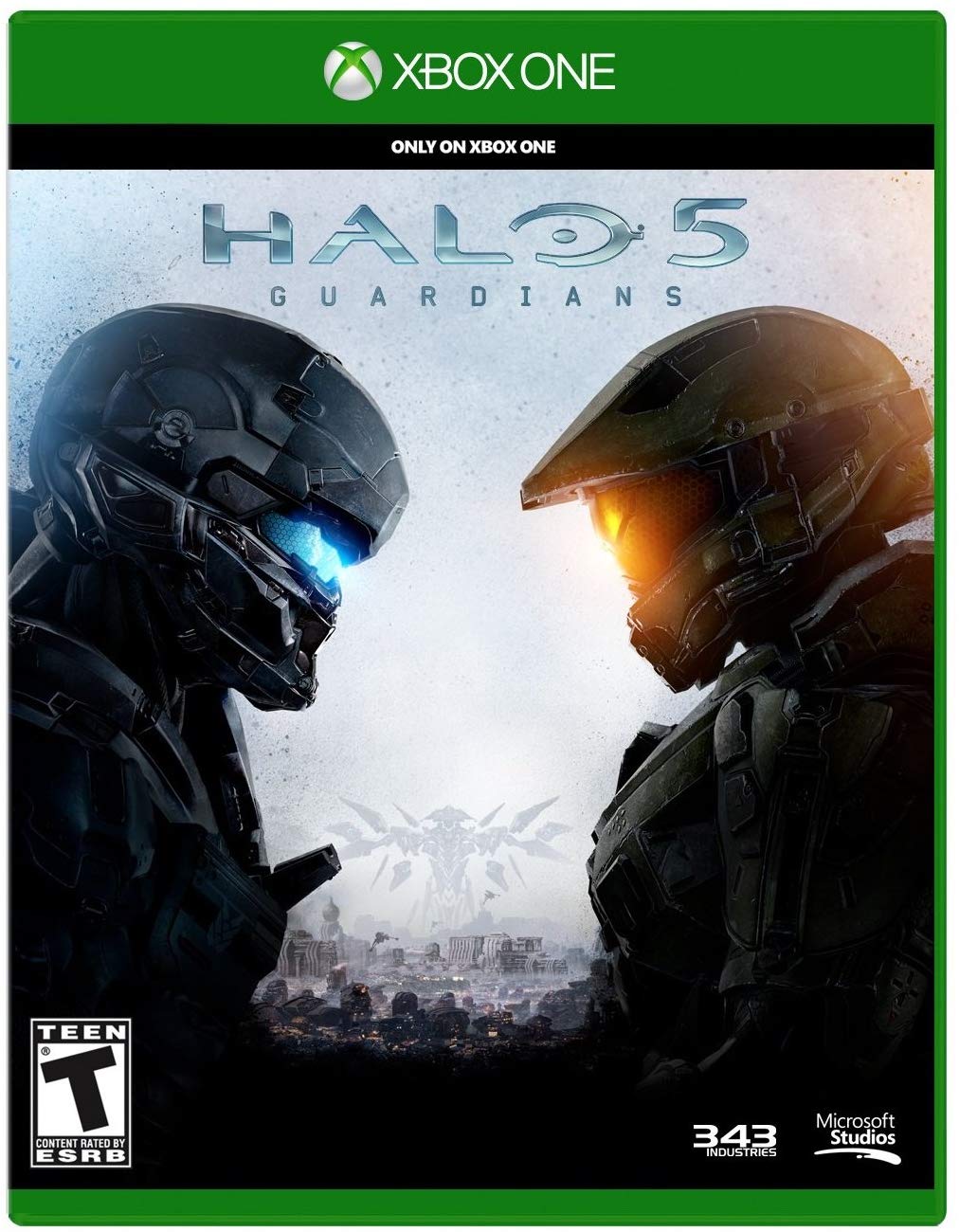
Halo 5: Guardians ($20 at Microsoft)
Halo 5: Guardians is the latest Halo first-person shooter title, and it's got plenty of good content within that most players will have a good time with.
Xbox accessories you'll love
Every one of these quality accessories is guaranteed to enhance your Xbox experience.
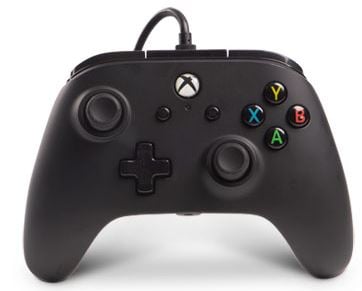
PowerA Enhanced Wired Controller for Xbox One ($20 at Amazon)
PowerA's take on the Xbox One controller is an attractive pickup for budget-conscious gamers that nails all the basics.

Talon PDP Xbox media remote ($20 at Amazon)
The Talon PDP Xbox media remote is great for watching shows on your console.
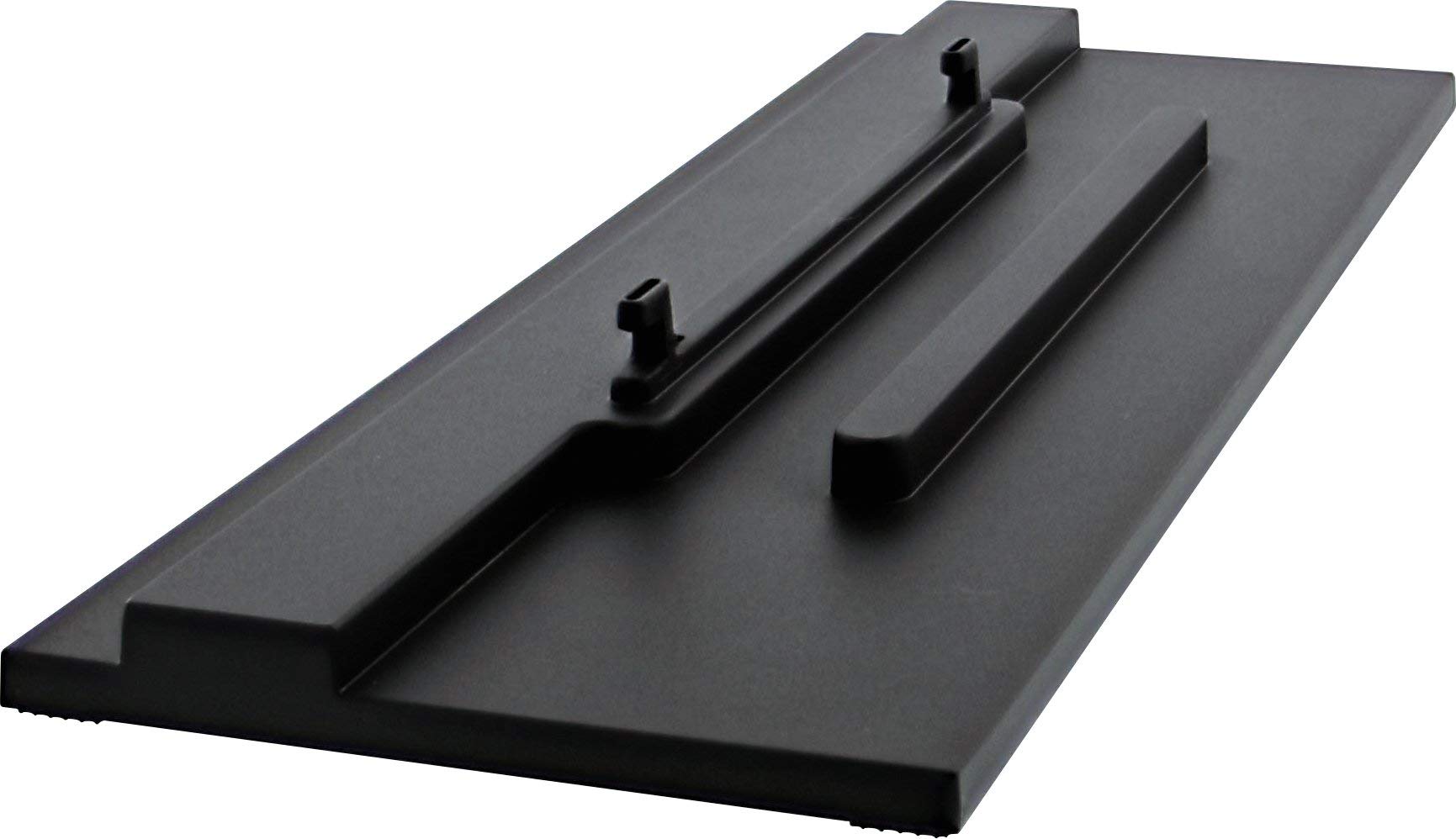
Xbox One S vertical stand ($10 at Amazon)
Stand your console upright with this accessory.

Brendan Lowry is a Windows Central writer and Oakland University graduate with a burning passion for video games, of which he's been an avid fan since childhood. He's been writing for Team WC since the summer of 2017, and you'll find him doing news, editorials, reviews, and general coverage on everything gaming, Xbox, and Windows PC. His favorite game of all time is probably NieR: Automata, though Elden Ring, Fallout: New Vegas, and Team Fortress 2 are in the running, too. When he's not writing or gaming, there's a good chance he's either watching an interesting new movie or TV show or actually going outside for once. Follow him on X (Twitter).
